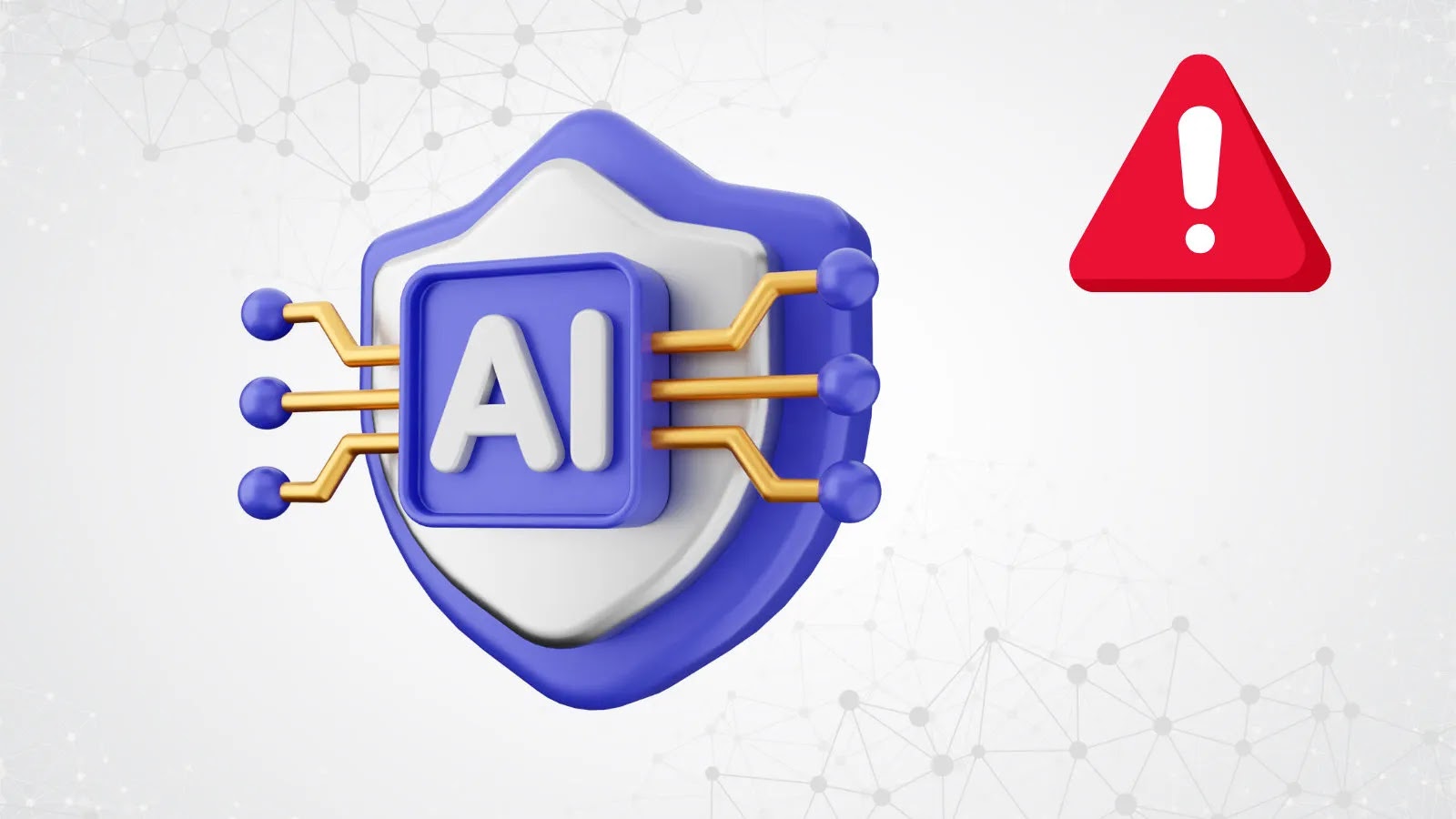In today’s rapidly evolving digital landscape, service providers are at the forefront of ensuring robust cybersecurity measures for their clients. Adhering to the standards set by the National Institute of Standards and Technology (NIST) is not just a regulatory requirement but a strategic move that enhances data protection, builds client trust, and offers a competitive advantage. This comprehensive guide outlines the significance of NIST compliance and provides a structured approach for service providers to assist their clients in achieving it.
Understanding NIST Compliance
NIST compliance involves aligning an organization’s cybersecurity policies, procedures, and controls with the frameworks established by NIST. These frameworks offer a systematic method for managing cybersecurity risks, ensuring data protection, and facilitating effective incident response. For service providers, achieving NIST compliance translates to:
– Enhanced Security: Strengthening the ability to identify, assess, and mitigate cybersecurity threats.
– Regulatory Alignment: Meeting industry standards such as HIPAA, PCI-DSS, and CMMC.
– Market Differentiation: Building trust with clients by demonstrating a commitment to security.
– Efficient Incident Response: Establishing structured processes for managing security incidents.
– Operational Efficiency: Simplifying compliance through clear frameworks and automation tools.
Industries Requiring NIST Compliance
NIST compliance is crucial across various sectors, including:
– Government Contractors: Required to comply with CMMC and NIST 800-171 to protect Controlled Unclassified Information (CUI).
– Healthcare Organizations: Supports HIPAA compliance and safeguards patient data.
– Financial Services: Ensures data security and fraud prevention.
– Managed Service Providers (MSPs) and Managed Security Service Providers (MSSPs): Secures client environments and meets contractual security obligations.
– Technology & Cloud Service Providers: Enhances cloud security practices and aligns with federal cybersecurity initiatives.
Key NIST Frameworks for Compliance
Service providers should familiarize themselves with the following NIST frameworks:
– NIST Cybersecurity Framework (CSF 2.0): A flexible, risk-based framework applicable to businesses of all sizes and industries. It comprises six core functions—Identify, Protect, Detect, Respond, Recover, and Govern—to bolster an organization’s security posture.
– NIST 800-53: A comprehensive set of security and privacy controls designed for federal agencies and contractors, also adopted by private-sector organizations to standardize cybersecurity measures.
– NIST 800-171: Focuses on protecting Controlled Unclassified Information (CUI) in non-federal systems, particularly for companies collaborating with the Department of Defense.
Step-by-Step Guide to Achieving NIST Compliance
1. Conduct a Gap Analysis:
– Assess Current Security Posture: Evaluate existing security policies, procedures, and controls against NIST standards to identify areas of non-compliance.
– Identify Vulnerabilities: Pinpoint weaknesses and potential threats within the organization’s systems and processes.
2. Develop a Compliance Roadmap:
– Set Clear Objectives: Define specific compliance goals aligned with NIST frameworks.
– Prioritize Actions: Rank identified gaps based on risk severity and impact.
– Allocate Resources: Assign necessary resources, including personnel, tools, and budget, to address compliance requirements.
3. Implement Security Controls:
– Access Control: Establish role-based access controls (RBAC) to ensure that only authorized personnel have access to sensitive information.
– Data Protection: Implement encryption methods for data at rest and in transit to safeguard against unauthorized access.
– Incident Response: Develop and document incident response plans to effectively address and mitigate security incidents.
4. Employee Training and Awareness:
– Regular Training Sessions: Educate employees on cybersecurity best practices, NIST compliance requirements, and their roles in maintaining security.
– Simulated Exercises: Conduct mock drills to test the effectiveness of incident response plans and employee readiness.
5. Continuous Monitoring and Improvement:
– Automated Tools: Utilize automated compliance platforms to continuously monitor systems for vulnerabilities and compliance status.
– Regular Audits: Schedule periodic audits to assess the effectiveness of implemented controls and identify areas for improvement.
– Update Policies: Revise security policies and procedures in response to emerging threats and changes in NIST standards.
Overcoming Common Compliance Challenges
Service providers may encounter several challenges on the path to NIST compliance:
– Resource Constraints: Limited budgets and personnel can hinder compliance efforts. Solution: Leverage cost-effective automation tools and prioritize actions based on risk assessment.
– Complexity of Frameworks: Navigating the intricacies of NIST frameworks can be daunting. Solution: Seek guidance from compliance experts or consultants to interpret and implement standards effectively.
– Employee Resistance: Resistance to change can impede the adoption of new security practices. Solution: Foster a culture of security awareness and involve employees in the compliance process to gain buy-in.
Ensuring Long-Term Compliance and Security Maturity
Achieving NIST compliance is not a one-time effort but an ongoing process. Service providers should:
– Stay Informed: Keep abreast of updates to NIST frameworks and emerging cybersecurity threats.
– Foster a Security Culture: Encourage a company-wide commitment to security through continuous education and engagement.
– Engage in Peer Collaboration: Participate in industry forums and networks to share best practices and learn from peers.
By following this structured approach, service providers can effectively guide their clients toward NIST compliance, thereby enhancing security, building trust, and gaining a competitive edge in the market.



